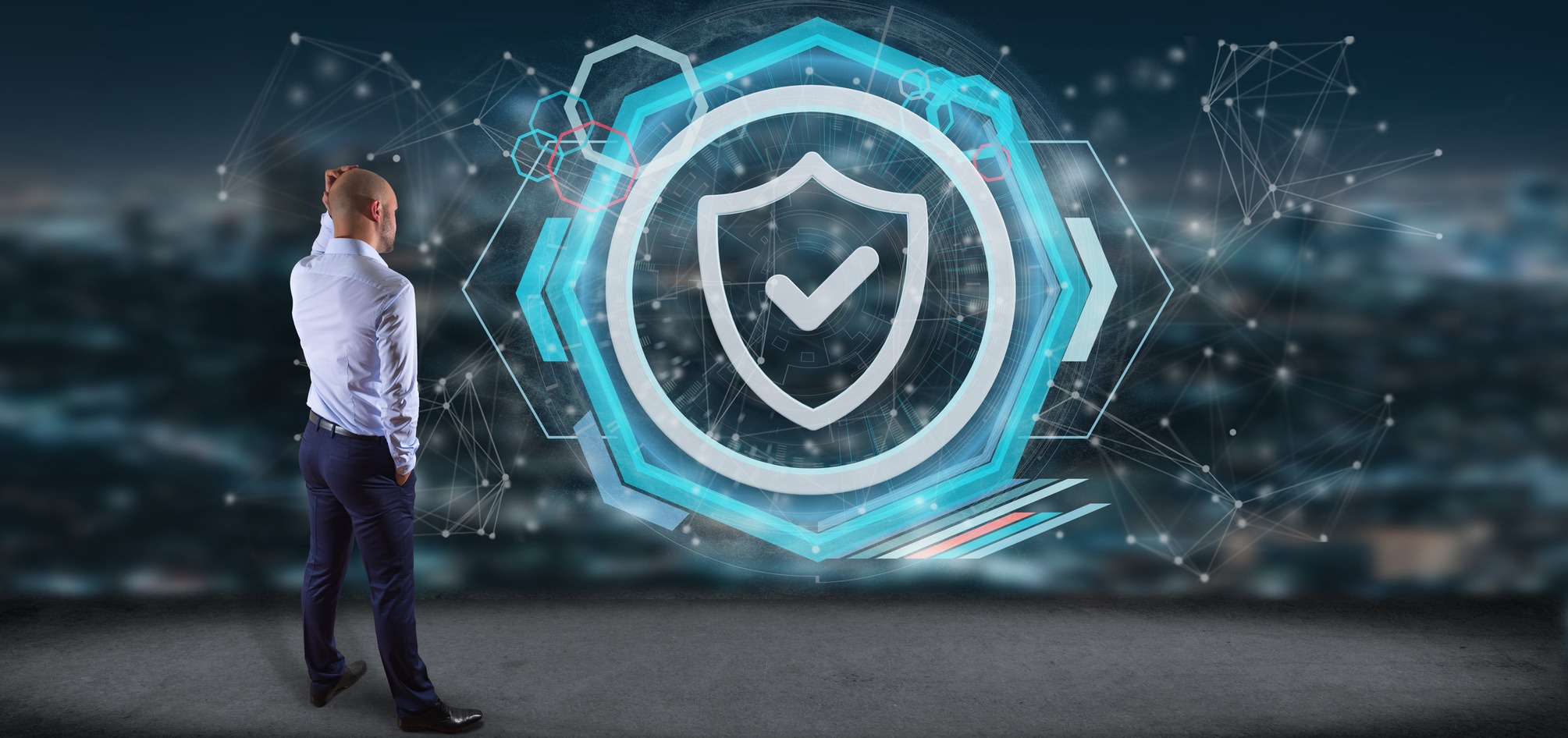The Fintech phenomenon is growing all over the world and many startups are taking center stage. From 2015 onwards, many national fintech associations have been promoting activities for sector actors in cooperation with customers, investors, public authorities and the banking sector. So, it is a great chance to boost fintech applications to turn a profit. But hacks could ruin your app’s reputation. Here, we present you 10 ways to improve the safety of fintech applications.
FinTech Apps
Design, speed, simplicity – this is the winning mix for any mobile banking app. The fintech app, by possessing these qualities is able to seduce any smartphone buff, whose numbers rising steadily. The major players in the industry understand that the ubiquity of the mobile phone in our lives, as well as spending habits, must be used as a weapon to win loyal customers. Fintech focuses on companies, usually start-ups, which operate in the field of technological innovations for financial and banking sector and their services. Their scope of activities ranges from alternative financing of companies through online payment, to savings’ management, loans, aggregators of bank accounts, etc. Their goal is to offer customers better and cheaper services. Fintech, therefore, has a disruptive effect on the world of banking, finance, and insurance.

Fintech Security: 10 ways to improve your Financial App Security
1. Start with security code
Securing the application from the very beginning is crucial. Sensitive data will be saved and secured on the server or user’s device. The code plays an important role in this. Therefore, it is well worth it to plan your security upfront and to be on the lookout for any potential gaps in the application. Create well-written algorithms and find any flaws or vulnerabilities in the code. Finally, test everything and make sure that the protection is correct.
2. Pay attention to the network connections on the back end
Protect servers in the Cloud against any unauthorized users. The API’s security should be verified so that the customer data won’t leak. Create special spaces to store data and documents safely. Run tests to assess the vulnerability to application network threats. Apply transport layer security (TLS) to all traffic and provide additional security thanks to the use of a virtual private network, or VPN.
3. Make sure that methods for authorization, identification and authentication are ready
Another important aspect is to make sure that users are people who they claim to be. In order to do this, you need to have an identification and data authorization system that functions flawlessly. It is important to protect yourself. Make sure that the API restricts access to all significant areas. Consider offering two-factor authentication. Provide the user with maximum security but with minimal effort and time engagement on user’s site during the registration process.
Time and time again companies have trusted us as a software development provider. Read more about some of our projects and find out why.
4. Good mobile encryption policy is a way to guarantee your clients’ security
If you want your mobile application to process data that includes many variables, you must pay close attention to gaps, even when the data is stored temporarily. Preventing data from leaking is extremely important, therefore, data protection by means of encryption becomes even more essential. Otherwise, any confidential information (e.g. age, location etc.) could be collected outwards . Make sure that the mobile databases are encrypted to protect locally stored data. For security, take care with the design level and properly manage the encryption keys, because not taking care of the keys can ruin other actions.
5. User role and authority Check
Authorizations and roles define which objects users can access and what actions they can perform. Anyone who accesses an app must be verified and pass the authorization process. Moreover, each user must have a role assigned which defines what access level he or she holds. Ensure an appropriate security authorization level by setting up a user management engine. Make sure all actions are listed in the user management console and permissions given to access specific objects can be displayed.
6. Test, test, test… and test it again!
Despite the existing time constraints, you must ensure that your Fintech application is tested at every stage of its programming. Testing security measures is a pivotal issue, as it is responsible for a particularly important aspect of application functioning. Thanks to this, you also know the bad sides of the application at the time when you launch it onto the market. Therefore, it is a good idea to double-check all potential weaknesses in terms of authentication, authorization, session management and data security. Check in real time to make sure that the application works correctly.

7. Understand that security does not end with programming
Users must follow tips to ensure the safety not only of the application itself but also of the mobile device. Your clients and users have to know what to do in case of theft or losing the phone. Another thing is to remember that it is particularly dangerous to remove the protection provided by the manufacturer. That’s why it’s worth recommending customers to use only authorized app stores.
8. Take care about the individual, private device
BOY – so Bring Your Own Device – is becoming a common policy to work on employee’s devices. More and more companies are opting for this, regardless of the worse security protection. Hence, it is worth using good mobile device management software to ensure security for everyone who needs it.
9. Take additional measures
To protect application users on-site further, it’s a good idea to use VPN to establish a secure connection. All this is advisable because unauthorized devices are extremely risky, they should be denied access and blocked with a system firewall, antivirus software or any other program. It is not worth taking risks, whether using a landline or a mobile, so taking additional steps may be the only way out.
10. Hire a professional programmer
A professional and experienced mobile programmer can protect Fintech users against the dangers and threats that lurk on them while providing their data. Employing a programmer is, therefore, an investment that will pay back faster than you think. What’s more, a programmer is extremely important in the context of the entire project, and in fact, ensuring security at every stage of the Fintech application development. Thanks to specialists in this area, we can expand the possibilities and make your applications more secure.
Summing up
Follow these 10 steps to ensure the security of your application and soon you will see that it is really an investment in the future. The more secure the software is, the better the protection of customer data, and the more certainty that more people will benefit from the possibility of downloading your application. On top of everything, it is necessary to work and respond to the clients’ needs fast, because security in the case of fintech applications and banking applications is extremely important. This is evident in the case of mobile applications, which must have exceptionally high protection/security features, so as not lose the data in the event of a leak or a hacker attack.
Check out more our articles about Fintech Apps:
- Top 8 Fintech Trends to take over the world in 2019
- Design for Fintech Apps
- How to hire Developers for FinTech Company!
- 5 Key Features for Fintech App
- Starting a Fintech Start Up? Check How to Build a Fintech App!





